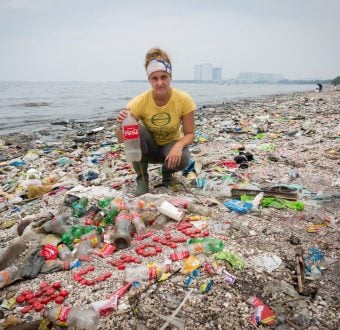“If dry cleaners are concerned about the health of their workers
and protecting the environment, the choice is crystal clear,” said
Rick Hind of Greenpeace. “Don’t use perc. Wet cleaning and liquid
carbon dioxide are much safer alternatives.”
According to the rating system, perc, siloxanes and hydrocarbon
solvents are hazardous to workers and the environment. The
alternatives, wet cleaning and liquid carbon dioxide, are by far
the safest processes. Both alternatives are already in wide use.
Over 3000 liquid carbon dioxide facilities already exist in the
U.S., and clothes that are often marked “dry clean only” can in
fact be wet cleaned.
Perc is used by the vast majority of dry cleaners in the U.S.
According to a Greenpeace report released just last week, titled
“Out of Fashion,” perc has been linked to cancer deaths in four
cities and has contaminated groundwater supplies.
Greenpeace is calling on EPA Administrator Christine Todd
Whitman to classify perc as a probable human carcinogen. The EPA’s
own Carcinogen Assessment Group recommended the same
classification.
“The EPA needs to stop dragging its feet,” added Mr. Hind. “How
many people have to die of cancer before a chemical is classified
as carcinogenic?”
|

